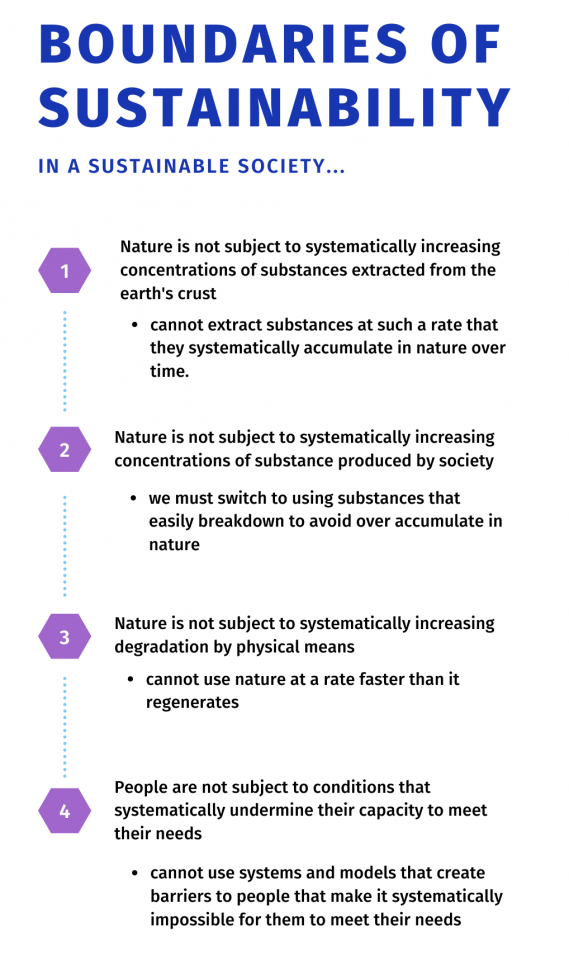News
How to Track Sustainability Progress and Make a Difference
The United Nations defines sustainability as the ability to meet the needs of the present generation without compromising the ability of future generations to meet their own needs. But what does this mean exactly? In our third and final event in the Green Team Series: Tracking Progress and Change, we asked attendees to describe what comes to mind when they hear the word "sustainability." Image 1 shows a few examples of what they brainstormed.
Sustainability Planning
There is a surplus of sustainability definitions and every organization defines it differently. Because of this, there are also multiple ways to accomplish sustainability at work. The road of sustainable planning does not need to be complicated. One simple method of sustainable planning is using the "ABCDs" of sustainability.
- A = Awareness
- B = Baseline
- C = Compelling Vision
- D = Decide on Priorities
Awareness sets a common language or tone surrounding sustainability at your business. Having your employees all on the same page is imperative. Training your employees on the importance of proper recycling, energy conservation and environmental stewardship can make all the difference in changing attitudes and making culture shifts at your business. Identifying a baseline, highlights where your business currently stands, assesses the current impacts and challenges, and creates a starting point for your sustainability journey. Having a compelling vision imagines the future and sets core values. This step provides the motivation to keep your business moving along. Lastly, deciding on priorities helps target specific core values and goals to work towards. These "ABCDs" of sustainable planning can help you stay on track to reach future goals. When you are creating your compelling vision and future goals, that's when a process called backcasting comes into play.
Backcasting
Backcasting imagines the future and uses that image to guide present decisions. It is different than forecasting which uses the current position to predict what the future will bring. Backcasting ties together nicely with the compelling vision step in the "ABCD" sustainability planning steps. However, when using backcasting to plan for the future, it is important to remember the principles of sustainability, displayed in Image 2 below. For a greater dive into the principles of sustainability, check out this video.
Backcasting Exercise
When trying backcasting, avoid thinking about what is realistic, financially or technologically plausible, and don't limit your creativity. Work with your team to mindfully envision the sustainable future where you work. You can do this in a meeting on a whiteboard, via an electronic survey, or another way. Think of what you want your business to look like in 10, 20, or 50 years. When you are done, compare your visions with your team and highlight common themes you see. Is there one thing you all want to see happen? If so, begin with that goal and break it down into smaller steps.
Sustainable Tracking
Once you have your vision and have prioritized projects to work on, you can create a green planning document. A green guide or planning document includes the aforementioned topics and organizes them into a succinct document designed for keeping you on track for achieving the sustainable future you imagined while backcasting. This document includes your current baseline sustainable behavior, keeps your contacts all in one place, and each section includes the goals you are working towards. For more sustainability tracking resources, including access to our Clark County Green Guide, contact us at info@clarkgreenbiz.com.





